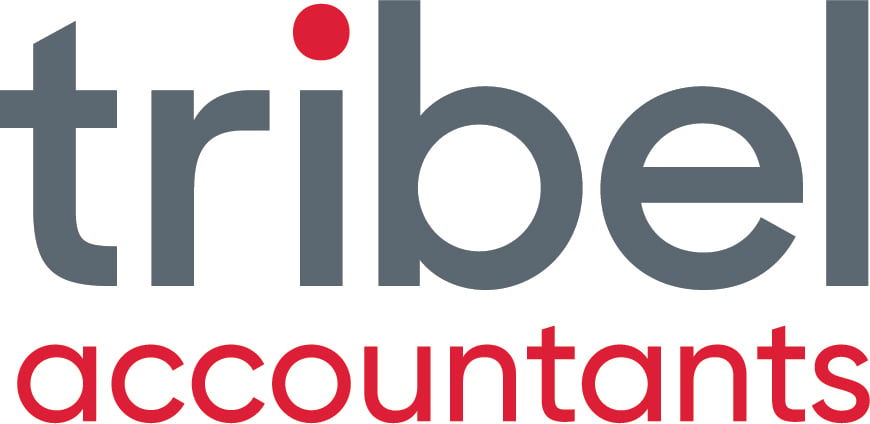INTRODUCTION:
If you're a foreign company thinking of doing business in Australia, you will need to establish what type of operating vehicle you will use. Generally, you will have a choice between:
- branch office; or an
- Australian incorporated subsidiary.
Before deciding which way to go a number of considerations should be taken into account. These will include (but not limited to):
- taxation;
- risk;
- third party requirements;
- running costs;
- funding requirements at the local level.
Here are some discussion points around these key issues.

Figure 1: Taking care of business in Australia will involve considering a number of legal & taxation aspects. Bachman Turner Overdrive "Taking Care Of Business".
1: Foreign Branch Or Subsidiary
A foreign branch is generally when you use your existing structure from overseas.
An Australian subsidiary is where the foreign company will set up a private Australian company (where shareholder numbers are less than 50). Usually the foreign company will own the shares of the Australian company.
2: Income Tax & Indirect Tax
In order to determine whether income tax is payable in Australia, you will need to determine whether you have what is known as "Permanent Establishment" (PE).
PE is determined after assessing issues such as:
- do you have a fixed place of business in Australia;
- do you have representatives in Australia closing contracts;
- are there large amounts of plant & equipment in Australia;
- do you have any construction projects in Australia;
- how long are your staff spending in Australia;
If PE has been established, branch offices and Australian companies are required to file tax returns where they have derived assessable income or incurred carried forward losses. The company tax rate at present is 30%. An Australian company needs to declare assessable income it earns worldwide but may take advantage of a foreign tax credit for tax paid overseas in certain circumstances.
Where profits are repatriated from a foreign branch from after tax profits no withholding tax is payable.
Where dividends are paid from an Australian company to the overseas shareholder, withholding tax will be payable to the extent dividends are unfranked.
Australia has a number of indirect taxes both state and federal.
These include:
- Goods and Services Tax (GST) - a consumption tax;
- Customs duties;
- Land Tax;
- Payroll Tax (once remuneration of staff exceeds certain levels);
Those companies or branches that are required to register for GST (turnover of $75,000 threshold) will be required to file Business Activity Statements (BAS's) and remit any net GST obligations. For those with turnover of less than $20,000,000, these can be filed quarterly or monthly.
There are new GST requirements from 1 July 2017 for companies that sell low value goods into Australia.
In terms of borrowing monies from overseas, there are conditions as to whether interest payable is deductible in Australia. These are known as thin capitalisation rules and take into account debt and equity levels.

Figure 2: Get set up in Australia and let your business fireworks begin!
3: Legal Requirements
Usually taxation requirements will align with legal requirements to establish a branch or subsidiary (if you are unclear you should seek advice).
Whether you opt for a branch or a subsidiary company you will need to register with the Australian Securities Investment Commission (ASIC).
If you register a branch office, it will not be regarded as a separate legal entity in Australia so that it does not have limited liability (whereas an Australian company would have). Registration of a branch can be quite onerous compared to an Australian company and will need to provide much corporate and supporting documentation to ASIC to register. Once the registration takes place through ASIC the branch will be subject to Australian legislation.
An Australian company will require a director who is ordinarily resident of Australia. It is possible to outsource this requirement here as a number of consultants provide this service.
4: Transfer Pricing
Transfer pricing is currently a hot issue worldwide where countries are concerned that profits are being stripped out of their territory that have a higher tax rate than the country of the holding entity. Artificial pricing and charges between the entities will be closely scrutinised by the Australian Taxation Office. Australia's strong focus on this will generally insist that transactions between related parties in Australia and overseas can be proven to be reasonable and at a commercial arms-length rate. This will mean that documentation needs to be in place to satisfy this condition or significant fines and penalties will apply. To minimise the risk of these, quality contemporaneous documentation is required.

Figure 3: Ensure you satisfy the transfer pricing rules or the ATO might not be as cuddly as this.
5: Reporting
Foreign branches are required to lodge with ASIC at least once a calendar year a balance sheet, P&L and any other documents the company is required to prepare by law in its country of origin. Exemptions can be applied but are rarely granted.
Australian companies are required to submit an annual review statement verifying information ASIC has regarding shareholders, directors, addresses etc with an annual fee of approximately $250. A solvency resolution must also be passed.
Foreign owned companies are required to lodge audited financial statement annually which will be available to the public.
An exemption is available to lodge audited financial statements if:
- the company is controlled by a foreign company that is registered with ASIC as a branch and the branch office lodges consolidated financial reports that include the activities of the Australian company; or
- the company is small and is not part of a large group and applies for the relief under ASIC Class Order 98/98.
CONCLUSION:
There are a number of things to take into account when deciding the best way to set up in Australia and these should not be taken likely. The above is not exhaustive and specific advice should be sought when assessing which is the right way to proceed.
If you require assistance please contact us.


.png?width=100&height=100&name=COVID_Safe_Badge_Digital%20(002).png)




